Herniated Disc
A herniated disc in the back is a bulging of the intervertebral disc between your vertebrae. At the center of each disc is a soft gel-like substance. When this gel bulges out, it can press on the nerves. This pressure can be felt in your buttock, lower back, lower leg, foot, and in some cases, even the upper leg. The nerves run from your back down through your legs to your feet.
What causes a herniated disc in the back?
The exact cause of a herniated disc is not completely clear. It is believed that hereditary factors may play a role. However, several contributing factors can be identified:
- Smoking
- Heavy physical labor
- Stress
- Height – taller people have a higher risk of developing a herniated disc
- Frequent and prolonged driving
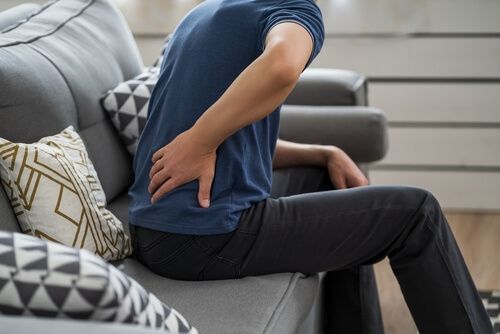
What are the symptoms?
The most common complaint is lower back pain. A herniated disc presses on the nerves in your back, which may also cause pain to radiate to one or both legs. This back pain can be accompanied by muscle cramps, which may alter the natural curve of your spine in the lower back. To relieve the pain, you might find yourself leaning forward or to one side.
The intensity of the pain from a herniated disc can vary greatly. Sometimes, the pain is minimal, while in other cases it can be so severe that normal daily functioning becomes impossible.
Often, the lower back pain may subside over time, but pain in the legs can persist or even worsen. The disappearance of back pain does not necessarily mean that the herniated disc has healed.
Common herniated disc symptoms
- In most cases, you will experience lower back pain
- Radiating pain to one or both legs, back, and/or buttock. The pain may extend below the knee and even into the foot
- Pain worsens when straining, coughing, or sneezing
- Often, pain increases when the nerve is "stretched." You can test this by lying on your back and raising your affected leg straight—this is known as the Lasègue test
- Tendon reflexes may be reduced. For example, with a herniated disc between the fifth lumbar vertebra and the first sacral vertebra (the lowest level of the lower back), the Achilles reflex is often decreased
- You may have difficulty bending forward with straight knees, and reaching the floor with your fingers becomes harder. This is referred to as a reduced finger-to-floor distance
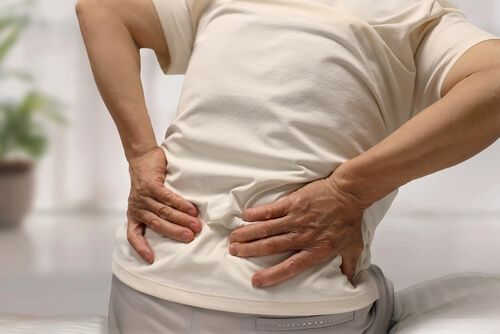
How is a herniated disc diagnosed?
Your doctor will ask you several questions and perform a physical examination. An X-ray can help detect the bulging disc, and in some cases, an MRI scan may be necessary to visualize nerve compression.
What treatment options are available?
There are multiple treatment options for a herniated disc. During the first six weeks after diagnosis, the standard treatment plan includes rest, pain relief, and specific exercises. Often, a herniated disc heals on its own. If symptoms persist after six months, surgery may be considered. During the procedure, the bulging portion of the disc is removed under general anesthesia.
After surgery, wearing a back brace is recommended to provide support and protection during recovery.

McDavid 493 Back Support
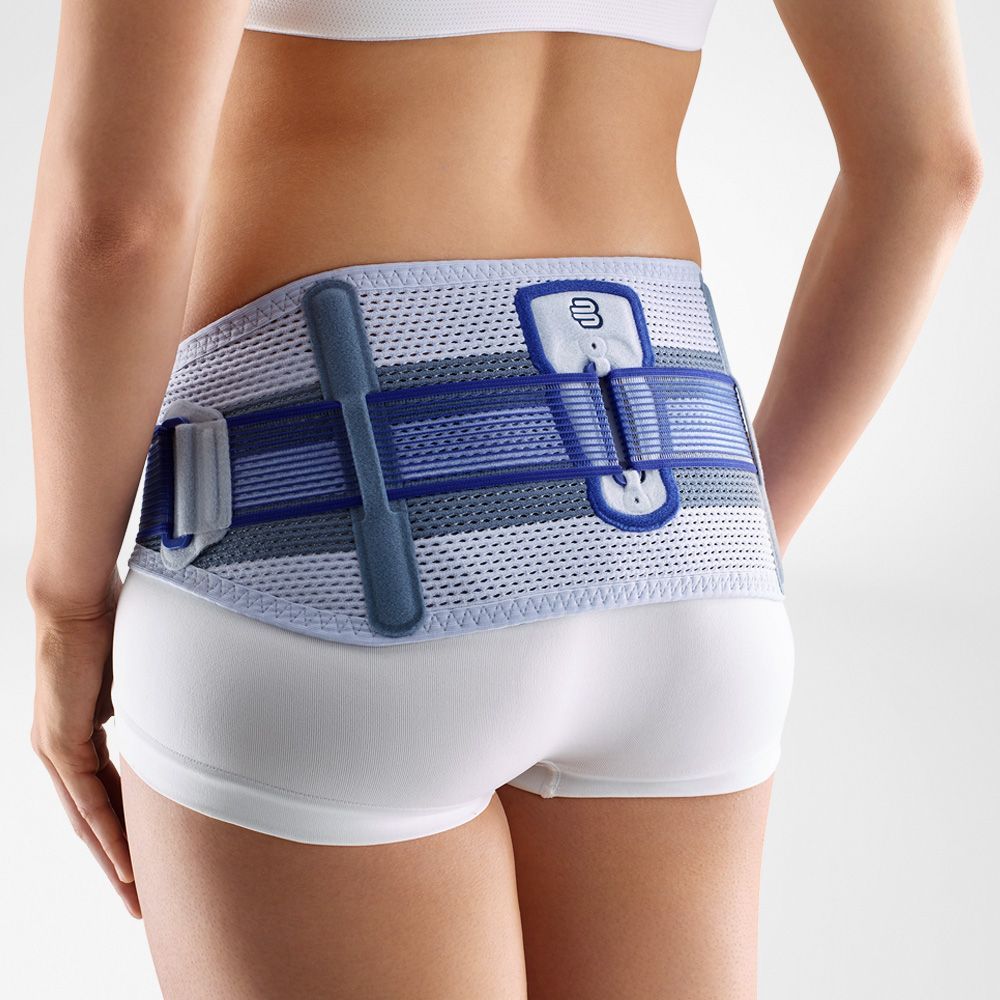
Bauerfeind Sacroloc Back Support - Pelvic Belt

Super Ortho Ceramic Magnetic - Magnetic Back Support

Bauerfeind Lumbotrain Straight Back Support
Protection level 3
Novamed Orthopedic Back Support Pillow

Bauerfeind LordoLoc Back Support
Protection level 2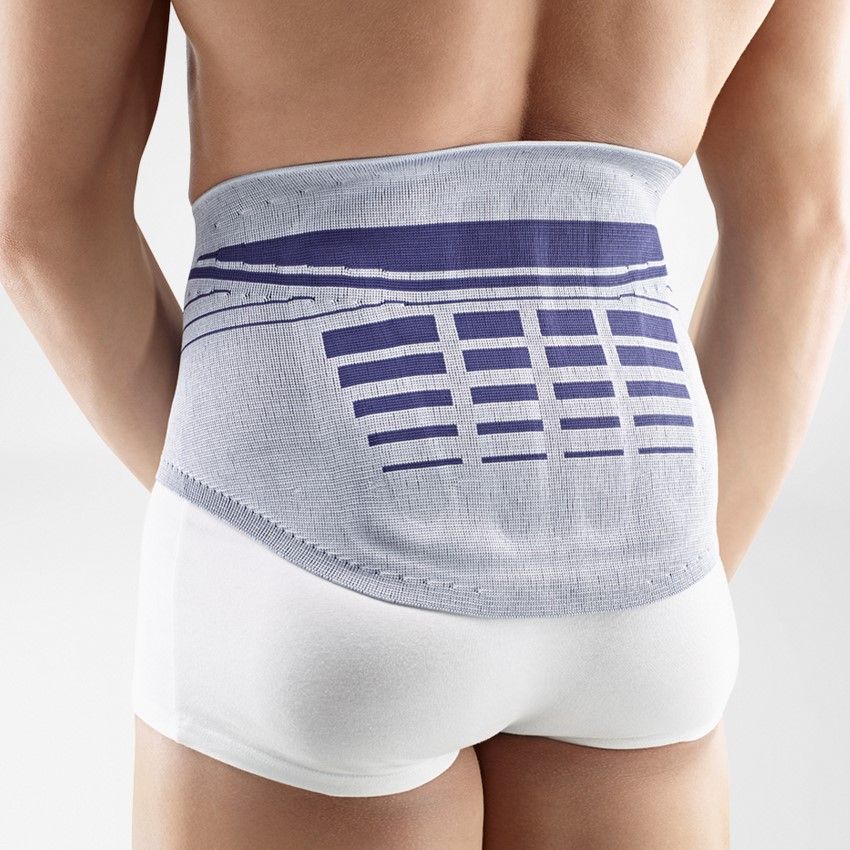
Bauerfeind LumboLoc Back Support
Protection level 3
Viofix Lower Back Support - Pelvic Belt
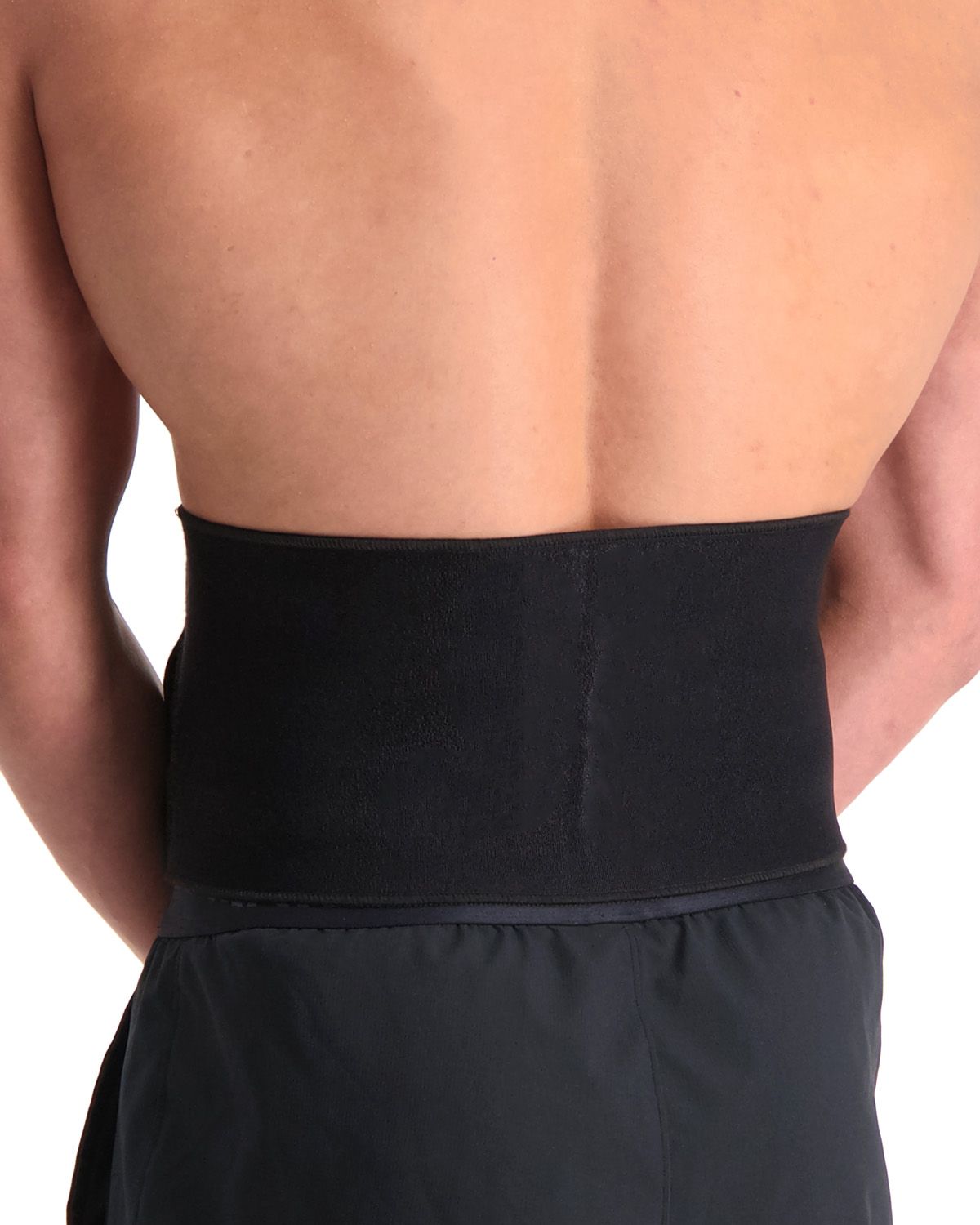
Dunimed Back Support (without Busks)

Dunimed Back Support - with Busks (Black)

Gladiator Sports Back Support

- Physiotherapist
- Sports podiatrist
- Manual therapist
- Podopostural therapist
- Myofascial dry needling specialist


